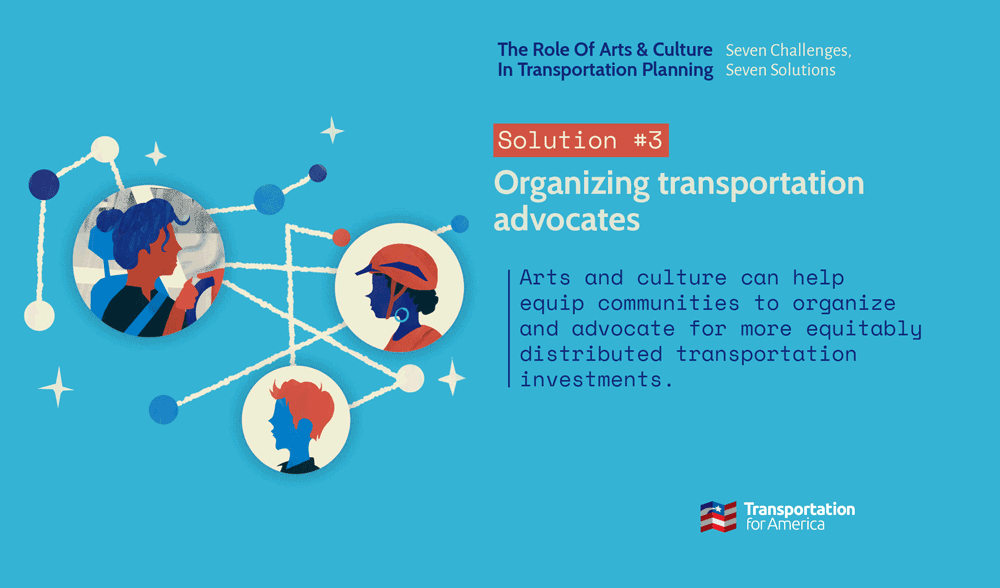Photo of the cover and four-page spread of People Power Transit
Introduction
The Center for Urban Pedagogy’s (CUP) guide, People Power Transit!, explains the structure of New York’s Metropolitan Transportation Authority, the decision-making processes within the agency, and how New Yorkers can advocate for transit improvements on their own behalf.
The challenge
Using public transit can be a frustrating experience, with unexpected delays, transfers, inaccessible stations, and outdated routes posing daily challenges for transit commuters across the country. And these challenges are even worse for low-income people and people of color who make up the majority of public transit riders. While riders can advocate for themselves and their fellow transit-riding peers, navigating the complex bureaucracies that manage transit operations requires a steep learning curve.
The New York City Riders Alliance, which advocates for reliable, affordable, and sustainable public transportation, believes that direct civic engagement is one of the most powerful strategies to influence positive change. However, according to the riders alliance, “the problem is that a lot of the time, people don’t have the time, energy, or proper context to effectively participate in the overly-bureaucratic processes that govern our lives, particularly public transit riders.” This is People Power Transit!
The project
New York’s Center for Urban Pedagogy (CUP) “collaborates with people impacted by public policies and systems of power to create easy-to-understand, visual materials that help communities access services, claim their rights, and fight for change.”
All of CUP’s projects result in some sort of educational tool. People Power Transit! consists of an educational guide that folds out into a poster that explains to New York’s transit riders how they can organize for change and who holds decision-making power within the MTA.
The results
The People Power Transit! guide was launched at a community organizing event for members of the Riders Alliance. The guide is now available to download for free from both CUP’s website and the Riders Alliance’s website. The Riders Alliance has distributed the guide to their network of transit riders across New York, and regularly uses the guide in their member training.




